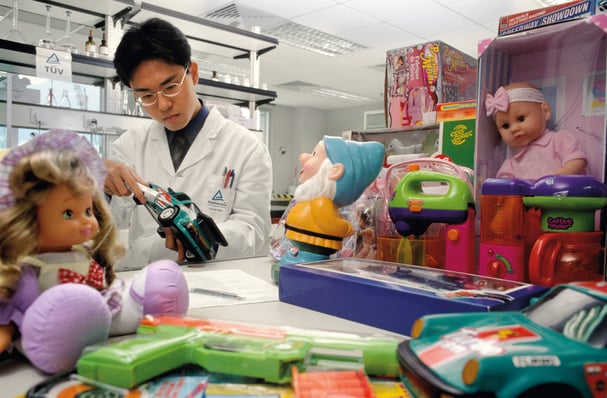For many children, summer means no school and no homework, with more time to play with their beloved toys and with friends and parents. Robotics, drones, creative playthings, and family-inclusive toys and games will be among the top toy trends of 2016, according to experts at the U.S. Toy Industry Association (TIA).

Macroeconomic-level uncertainty about EU and US recovery from the global crisis and implications for toy demand conditions in emerging economies imply that growth forecasts are highly uncertain. Neverthless, the global toy market performed very well in 2015, and steady growth is expected over the next few years.
Income growth will continue to be a major factor in household toy-purchase decisions. Emerging countries predicted to have the fastest-growing annual gross incomes are unsurprisingly expected to spend much more on toys. They will not only be able to afford more toys for their children, but will also likely be willing to spend more on higher-quality educational products or licensed toys. To protect children, toy-safety requirements in emerging countries are also becoming more stringent, and becoming comparable to those in developed countries.
The EU has the largest single market for goods and services worldwide. The Rapid Exchange of Information System (RAPEX) is the EU rapid-alert system for unsafe consumer products and consumer protection. According to RAPEX statistics, there were a total of 470 notifications on toys from different EU countries in 2015. Among all the notifications on toys, chemicals and choking were the top risks, with 192 notifications reported concerning chemical risks and 184 for choking hazards. The two hazards accounted for 80% of total notifications.
TÜV Rheinland reminds consumers to be alert when choosing toys for children. Check the safety certification on each toy, and read the warning label and instructions, before giving toys to kids. Choose only branded products. Based on tests carried out by TÜV Rheinland, samples from large brand-name companies rarely have excessively high levels of hazardous substances. A final note of advice for consumers and manufacturers: “Don't cut costs when it comes to toy safety.”
For more information on our toy testing services, please visit our service webpage or contact us to speak to one of our experts today.



